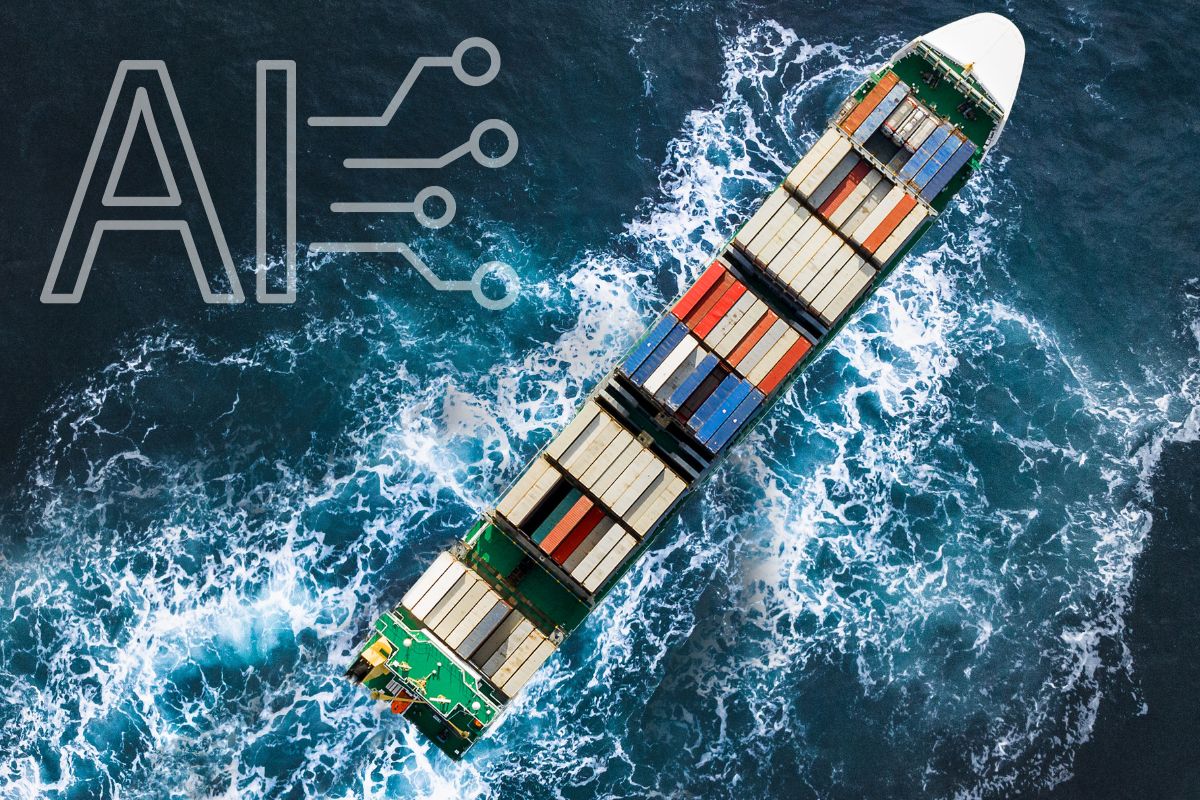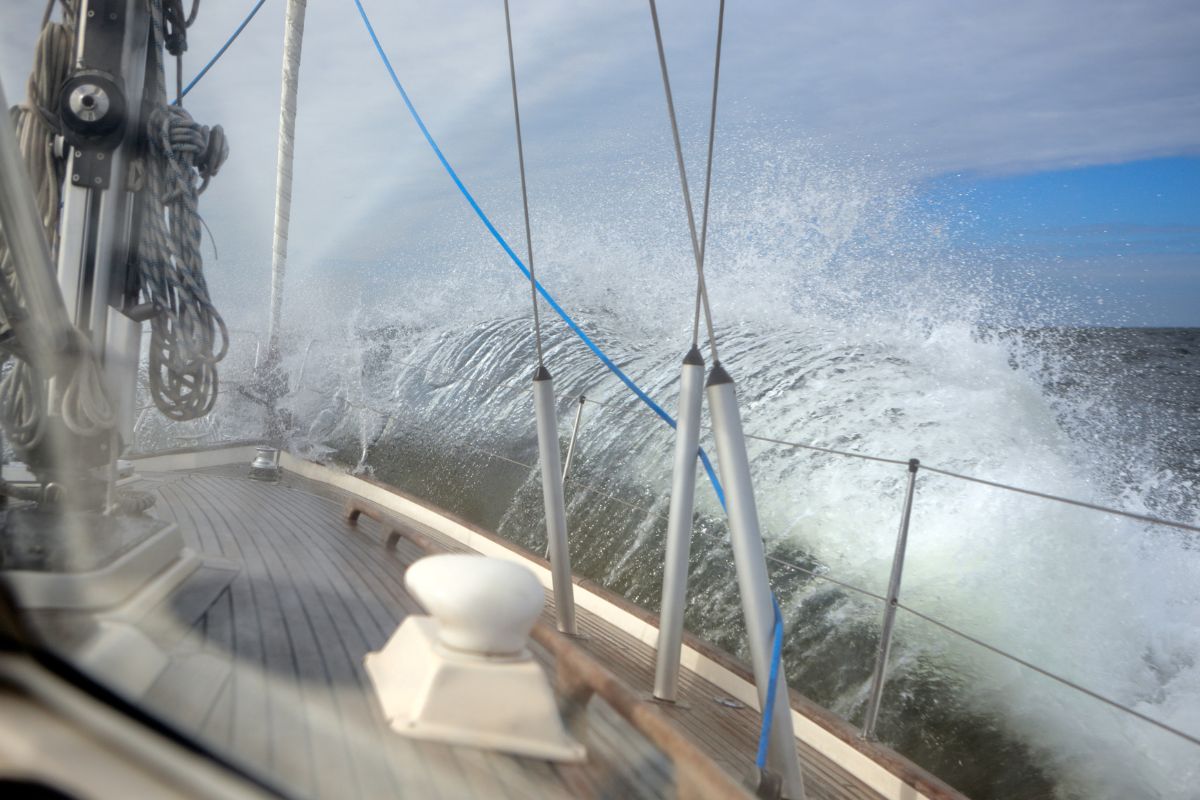An oceanographer in Canada says that a machine-learning model could predict the “rogue waves”.
An oceanographer from the University of Victoria in British Columbia, Canada, has published new research indicating that artificial intelligence could be used to predict “rogue waves”, a dangerous natural phenomenon that threatens the lives of sailors on the ocean.
The waves have baffled scientists working to try to predict them due to the risk they pose to sailors.
The new research involves the use of a machine-learning model of artificial intelligence that is able to predict when and where rogue waves will happen. According to the research, the formula has the potential to save the lives of sailors while boosting the safety of the 50,000 or so cargo ships sailing the oceans at any given moment.

Rogue waves are a natural event that occurs when a deep troughs form in combination with steep walls rising to a minimum of twice the height of any nearby ocean wave.
“It used to be that people didn’t believe in them,” said the study’s co-author Johannes Gemmrich, a University of Victoria physical oceanographer. “Sometimes ships just disappear and there’s no one left there to tell the story.” The study, titled “Machine-Guided Discovery of a Real-World Rogue Wave Model” was published in the Proceedings of the National Academy of Science (PNAS) journal.
Artificial intelligence offers a new way to predict when and where rogue waves are likely to occur.
People started believing that rogue waves were more than just maritime lore in 1995 when one was recorded for the first time. It occurred at the Draupner gas platform in the Norwegian North Sea and was measured at 25 meters in height.
“That was the first time they could really measure them, but still it took a while to convince people that it wasn’t a measurement error,” said Gemmrich.
The artificial intelligence model was taught using the data from 158 buoys located on oceans around the world and that collected 24 hours of data every day. The researchers estimated that the data used to teach the AI includes the measurements of more than one billion ocean waves.

